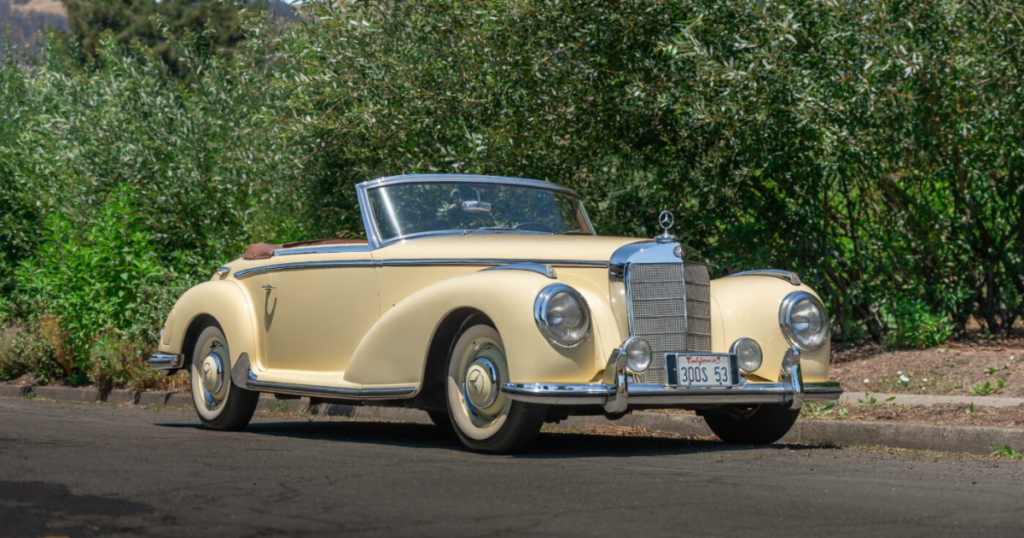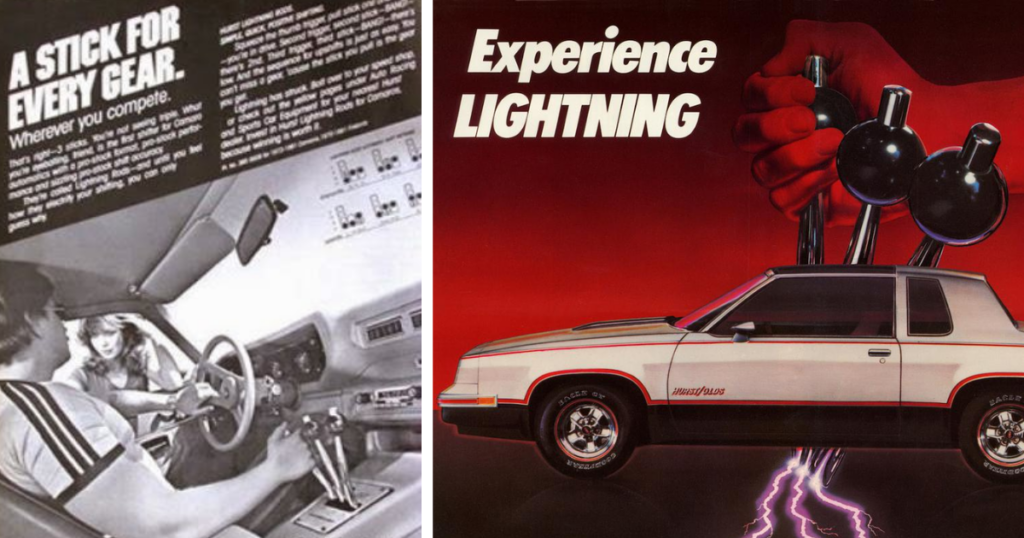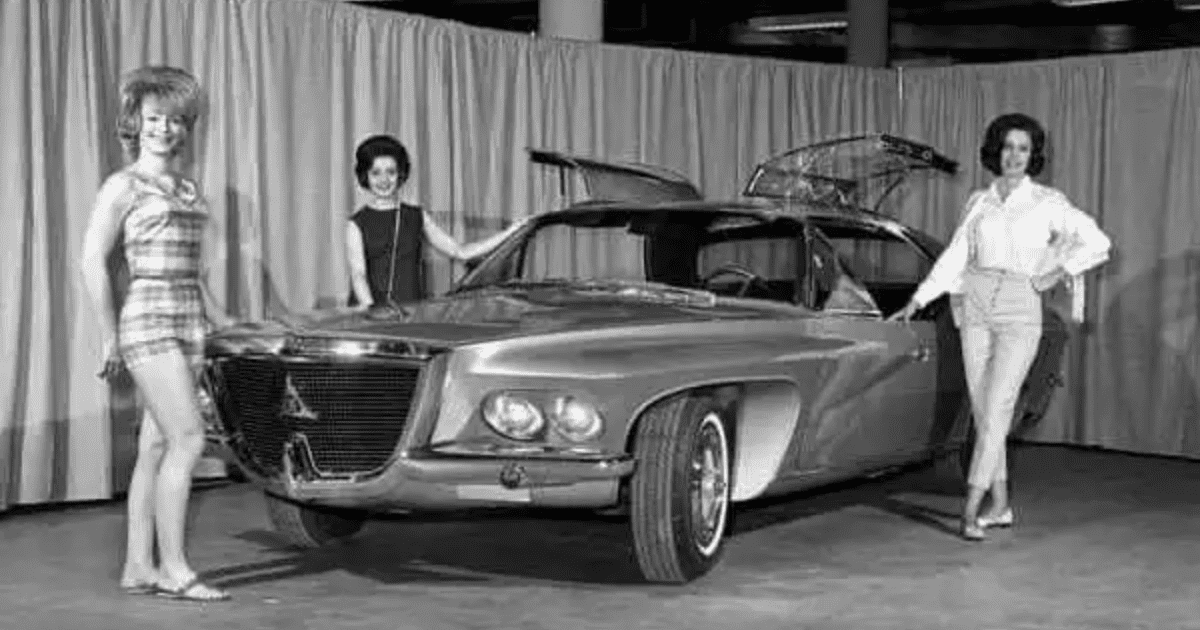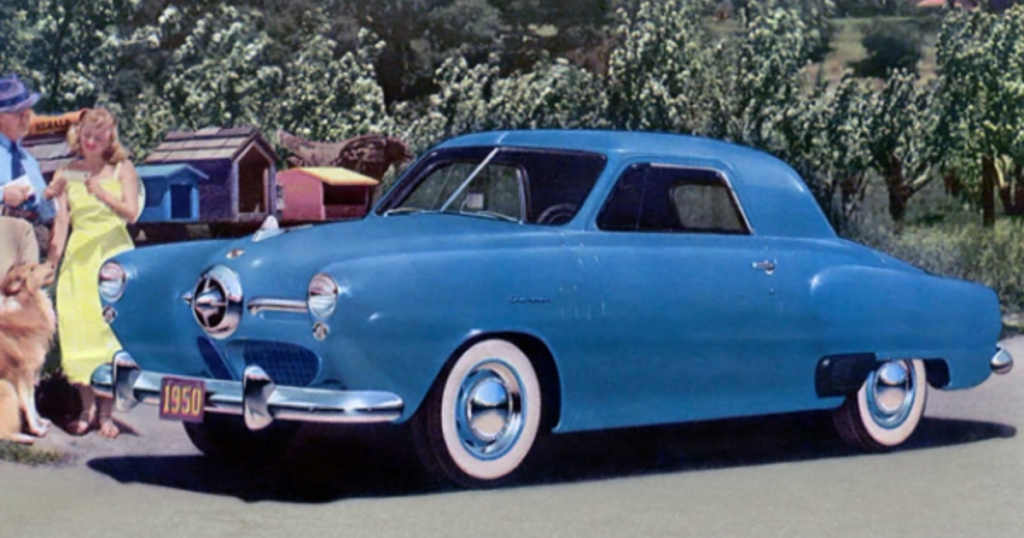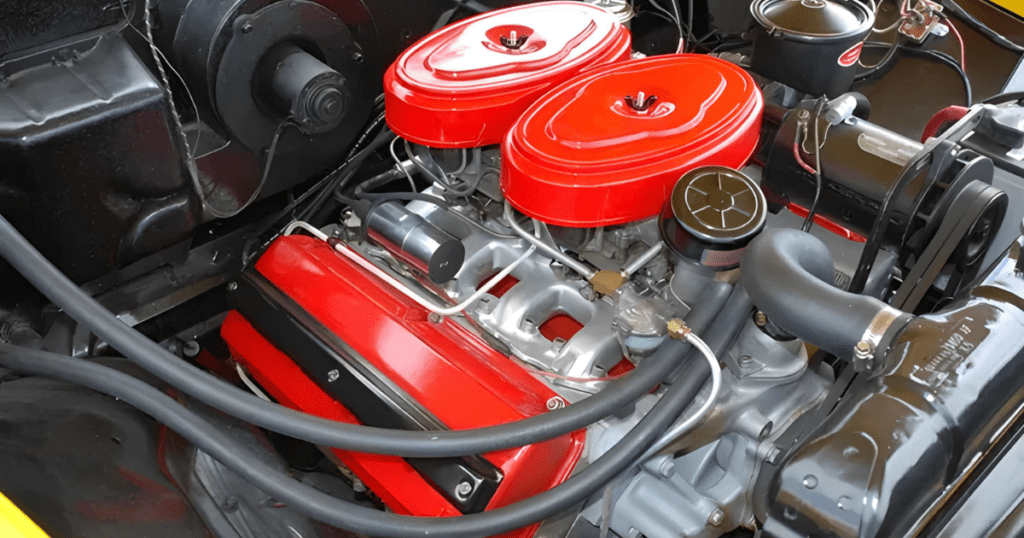
The Chrysler Corporation produced three different and distinct Hemi V8 engine families in the USA in the 1950s, an example of the kind of corporate excess we rarely see from an automaker these days. 1951 saw the release of the 331 CID hemi V8 by the senior Chrysler division, followed a year later by the 276 CID V8 by DeSoto.

With only 241 cubic inches, the Red Ram, the 1953 model that Dodge debuted, was the smallest of the three Hemi V8s. (Plymouth also got a V8 in 1955; however, it was non-hemi.) The three hemi engines had extremely similar designs, but they did not share any significant internal parts and each had a distinct architecture.
As the tiniest of the three V8s, the Dodge featured a compact bore spacing of only 4.1875 inches. To provide scale, we note that the familiar small-block Chevy V8 is constructed on 4.40-in. bore centers.
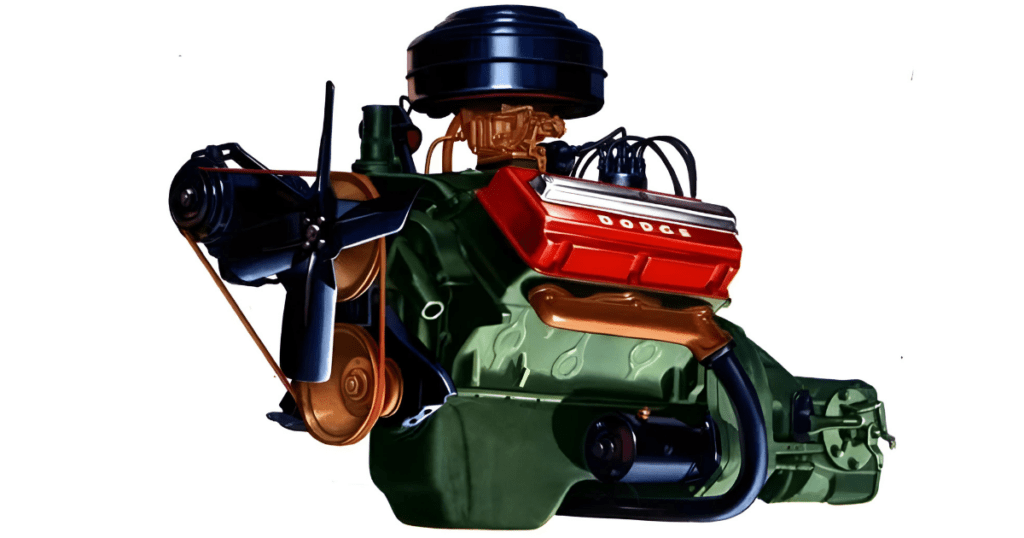
Bound to be very nearly four liters, the 241 cubic-inch displacement was achieved with a bore of 3.4375 in (87.3 mm) and a stroke of 3.25 in (82.6 mm). The Red Ram was regarded as having a short-stroke arrangement at the time, which allowed for slower piston speeds and longer engine life.
Additionally, the Red Ram’s displacement increased on occasion as the cars got bigger and heavier, just like many other American V8s of the era. In 1955, it was increased to 270 CID, in 1956 to 315 CID, and in 1957, the last year, to 325 CID. We’ll put things aside for the time being. There were non-hemi variations with polyspherical combustion chambers that shared a fundamental architecture with the Red Ram V8.

Although the Red Ram was a stand-alone engine family, it was related to the Chrysler and DeSoto big sisters in many high-value ways. For example, the torque converter, engine, and transmission on cars with the early Gyro-Torque automatic transmission shared a 12-quart oil supply.
The Red Ram was unique in that it could run on normal gas due to its conservative 7.1:1 compression ratio. For this reason, Dodge’s advertising emphasized economy and efficiency while the marketing strategy for the Chrysler and DeSoto Hemi V8s centered on performance.

From the perspective of horsepower, the 500-1 engines from 1956 (315 CID) and 1957 (325 CID) were the best Red Ram variants available. Some 1950s Mopar enthusiasts dubbed these engine combinations, which were extremely rare and came with dual four-barrel Carter carburetors and other speed trickery, the “Dash-One” hemi V8s.

The destiny of the small Dodge Hemi was similar to those of its larger Chrysler and DeSoto siblings. All three of the Hemi V8 engines were expensive to construct due to their twin rocker shafts per bank and hefty, complex cylinder head castings. More traditional wedge-head V8 engines took their place in 1957–1958.

